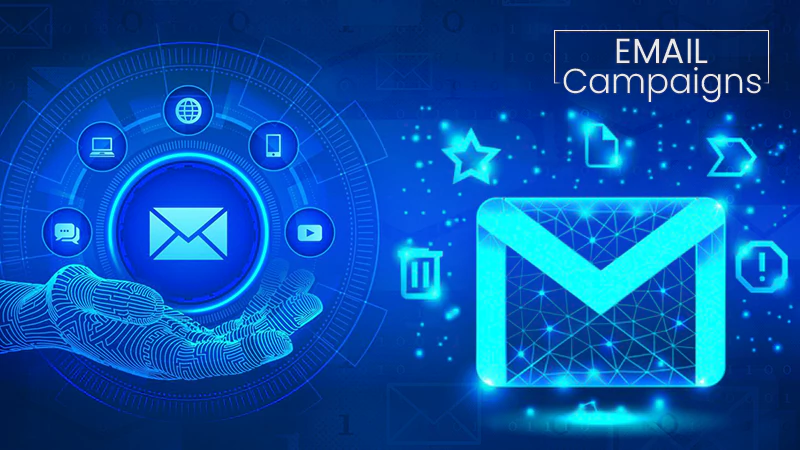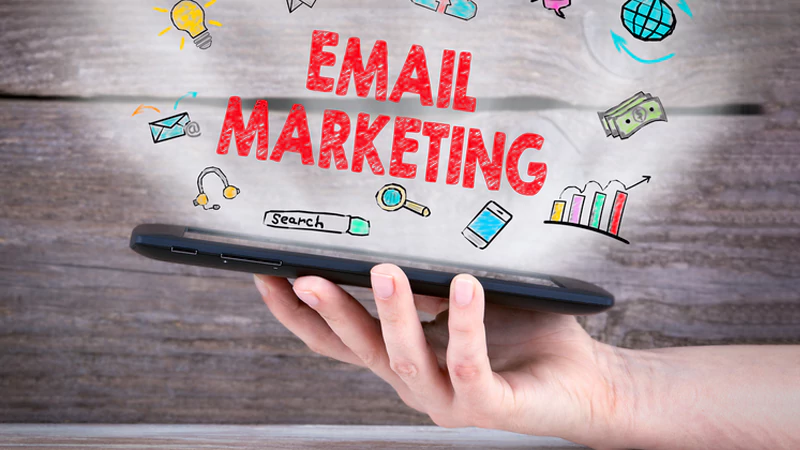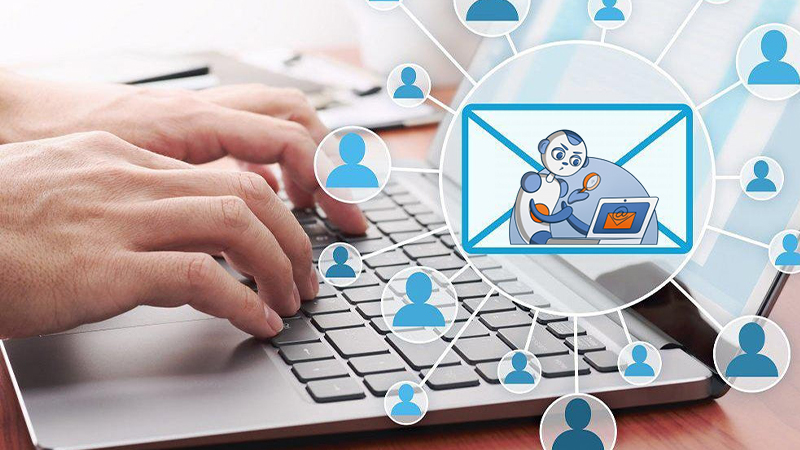What does it take to get marketing results? It seems like a simple question, but the answer varies depending on the complexity of the customer journey and the accelerated pace of change.
The way customers evaluate and buy products doesn’t remain constant. That’s the major reason for marketing experts to ensure their ability for fast adaptation. Otherwise, consumers will end up feeling misunderstood and disengaged.
Brands, in turn, are tasked with staying connected to their audience and producing excellent results. But how can they achieve the mission under these circumstances?
Email marketing remains one of the most effective ways to appeal to an audience and create a strong bond with customers. With various email marketing solutions available on the market, brands can leverage automation every step of the way.
Let’s take a closer look at how utilizing email marketing automation software can help brands establish the automation strategy, exploit new opportunities, and engage their target audience.
Email Marketing Automation Explained
Marketing experts operating in saturated markets know better than anyone else that staying top of mind requires not only distinct culture but also strategic efforts and marketing automation tools.
Here’s what you need to know about email automation, in particular.
- What is Email Automation? It’s a technique that eliminates the need for manual work and enables brands to execute personalized email campaigns.
- What Does This Process Involve? The functionality is typically geared toward improving the accuracy of campaigns, increasing engagement, and boosting earnings. It helps brands to create email lists, schedule events, measure deliverability, as well as optimize and split test campaigns.
- How Should Brands Choose Email Marketing Automation Software? Here’s the thing: every software offers specific features. Since marketers have different needs and goals, they typically look for software that’s bundled with other marketing solutions. For instance, Phonexa.com, an all-in-one marketing automation solution for calls, leads, clicks, email, SMS, accounting, and more, offers several packages to its clients. But all of them include sophisticated, end-to-end tools for various marketing efforts.
- What is the Goal of Email Automation? Brands cover several objectives through implementing email automation solutions, including informing readers, attracting new users, engaging, guiding, nurturing, and converting them.
Ultimately, any brand in any industry can utilize email marketing automation software. That’s how businesses can generate new leads, personalize messaging with no extra effort required, and keep all of their customers in the loop.
Let’s explore in more detail how brands can automate their email marketing efforts and what tools they can use.
Email Automation & Business Growth
It’s no secret that your marketing database is only as powerful as you make it.
When it comes to email marketing (and any other digital channel for that matter), it’s crucial to offer valuable and educational content to your leads and clients. This way, they can learn more about your offerings, your industry, and your company.
Sure, it’s not a simple task to make your marketing database your greatest asset. But with the right tools and automation solutions, you can transform your marketing into a powerful and integrated system.
Email automation solutions generally come with specific features. Here’s a list of the most effective tools and features brands can use to generate more interest, enhance engagement, and boost sales.
- Design or Use Ready-made Email Templates. Creating or customizing email templates is one way to ensure that you communicate clearly with your audience.
- Cultivate Your Email Lists. With email automation, brands can make the most of behavioral segmentation. It allows you to refine and cultivate email lists based on the reactions and responses of the recipients.
- Compile Critical Data. Accessing campaign analytics allows marketers to identify the efforts that drive more conversions and, therefore, require more focus and investment.
- Leverage Multichannel Distribution. It enables marketers to execute multiple email campaigns and measure deliverability across numerous delivery channels.
- Implement Re-engagement Strategies. It’s not uncommon for users to lose interest or ignore emails. In this case, marketers typically launch re-engagement campaigns aimed at reconnecting with passive customers.
- Utilize Automated Testing. Campaign optimization is one of the most critical tasks marketers need to take care of daily. An automated testing feature allows split testing up to six different subject lines and templates. It means that you can rest assured that the system will automatically send only the best-performing emails.
Naturally, each part of the email automation process is important, and marketers still have to devote time and attention during the onboarding. But once the audience is identified and branded templates are created and customized, the software does the rest of the work for you.
Start Building Relationships With Your Clients
Manual campaigns are no longer effective. After all, who would say no to marketing automation that runs in the background while you accomplish other important tasks?
Today, businesses focus on personalizing interactions since that’s the only way to grab the attention of less engaged clients or prospects. Combining automation with detailed analytics and granular reporting can be a game-changer for any brand.
If you’re looking to grow your business without sacrificing precious resources or losing a personal touch, email marketing automation software is exactly what you need.













